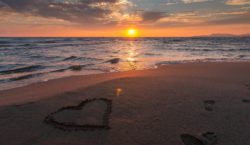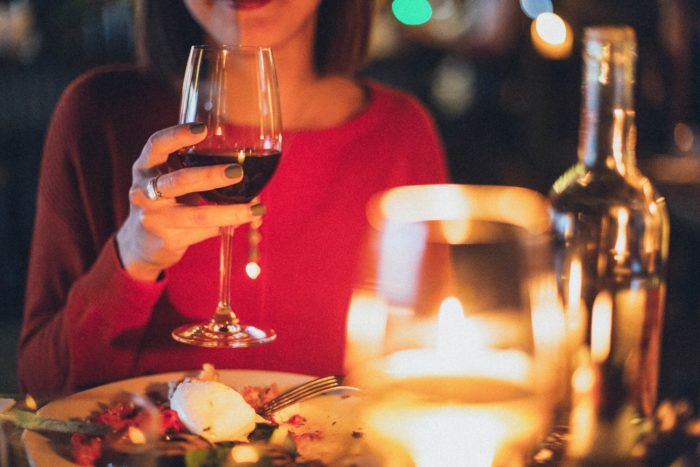
Valentine’s Day Prep: Sustainable Seafood Date Night

Whether you’re planning to stay in and cook or dine out this Valentine’s Day, you can show some love to the ocean by choosing sustainable seafood. (And sustainability pairs perfectly with any wine!) It seems pretty complicated to do, but choosing responsibly sourced sustainable seafood is a pretty easy –and hugely important –thing you can do no matter where in the world you are!
The problem: Seafood is a primary source of protein for much of the world. Nearly one-third of global fish populations are overfished, placing many fisheries at risk for collapse. In addition to fishing pressures, pollution, ocean acidification, and other environmental threats add to the challenges of the critters that sustain us surviving and thriving in the ocean.
Easy tips for making better seafood choices:
Try new foods! We are used to eating a select few species of seafood –salmon, tuna, shrimp, tilapia, and pollock to name a few – but there are plenty of other fish in the sea that we could choose. For example, steelhead trout, a not-well-known but versatile and flavorful white fish, is a substitute for salmon and barramundi. When we choose species out of our normal repertoire, we increase demand for a more balanced seafood supply chain.
Try invasives! Invasive species like lionfish and Asian carp are species that, usually due to no fault of their own, ended up in a habitat in which they do not belong. Lionfish, for example, are native to the Indian Ocean but made their way to the Atlantic along the east coast of the United States where they have no natural predators and eat anything in their path. In recent years, grocery store chains and local restaurants have added invasive seafood species to their menu to bring awareness to the issue and teach consumers that these are responsible seafood sources because they are sustainable and hunting them may keep their populations under control.
Ask questions! Programs like NOAA’s FishWatch and Monterey Bay Aquarium’s Seafood Watch help us understand what makes some seafood a good choice to eat and what makes others worth avoiding. These programs also help guide us in asking questions about where our seafood comes from, whether we’re at a restaurant or at the grocery store planning a family meal. Many sustainable seafood choice programs and guides are free and available online, like the Seafood Nutrition Partnership’s Registered Dietician Nutritionist Seafood Toolkit. Through a grant with NOAA Fisheries, the National Marine Sanctuary Foundation was proud to help fund this toolkit which features resources related to the nutritional value and sustainability of different kinds of seafood and how to buy it. These guide and programs allow you to investigate your seafood in an instant from anywhere in the world!

